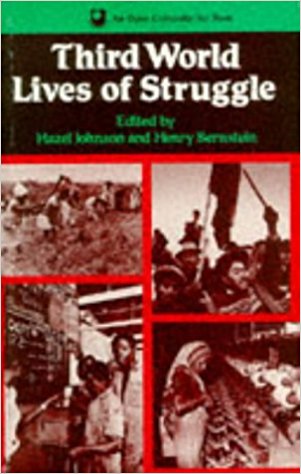This is a modest book that nonetheless breaks a new path in studies of societies on the capitalist periphery. It is a collection of twenty items intended to reveal—as far as possible in their own words how the masses of labouring—people in the Third World survive, resist, protest and impose themselves on their ruling classes.
The book falls into three main parts, dealing in turn with struggles on the land, in the towns and by women (rural and urban). Each of these has a general introduction, and so do most individual items. The book is concluded by a fourth section on ‘understanding struggles’.
The individual items are varied both in character and length. There are poems, songs and sayings of the people, such as the collection of sayings of Mexican Indian peasants. There are autobiographies of, or interviews with, labouring people; a Guatemalan woman guerilla, Mozambican peasant women, an urban petty-trader-cum-petty criminal in Colom¬bia. There are also such items on or from their leaders, as with the now world-famous Bolivian miner’s wife, Domi¬tila, and the equally famous Brazilian engineering worker, Lula.
Nov-Dec 1983, volume 8, No 3

